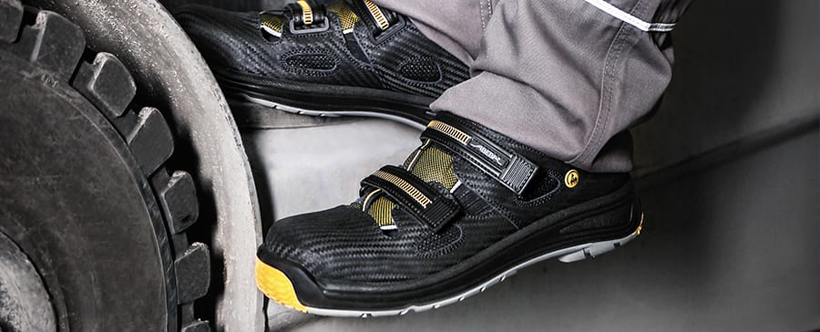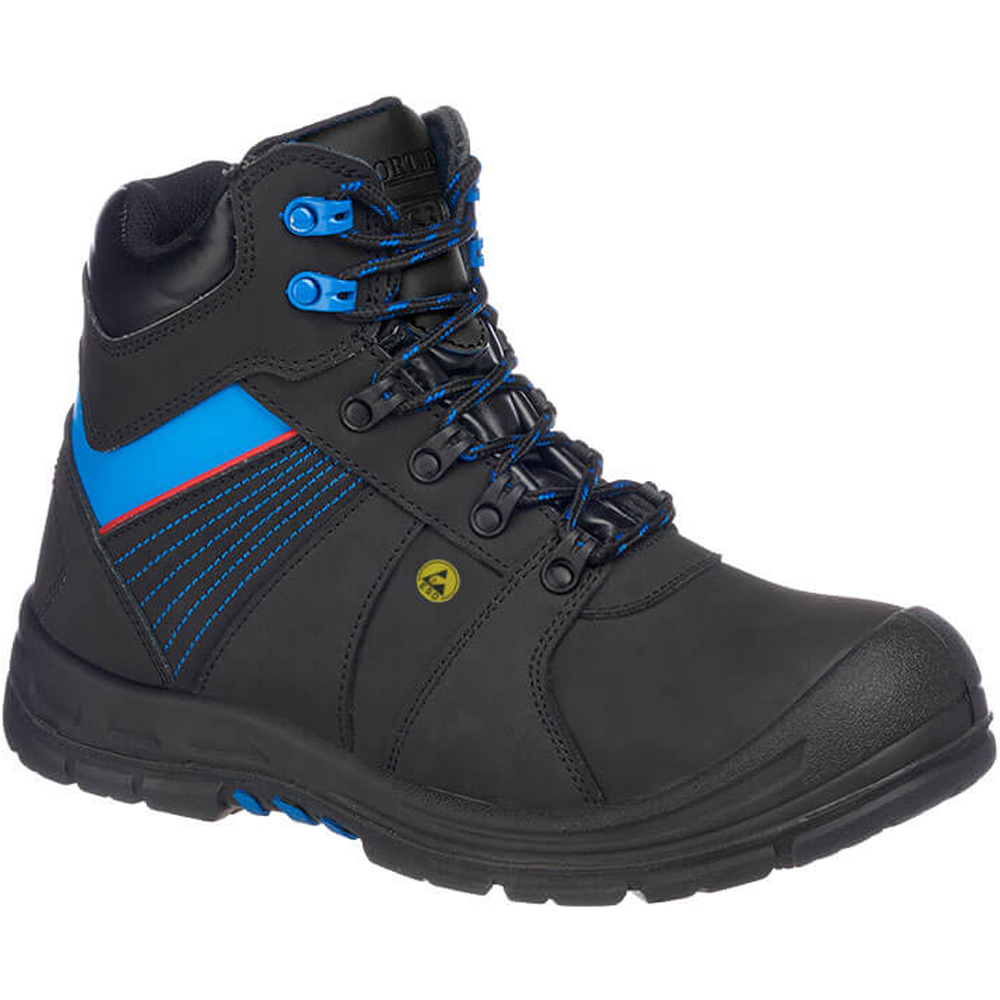The Difference Between Antistatic & ESD Footwear8 May 2023 | Admin
The Difference Between Antistatic & ESD FootwearElectrical resistance is an important characteristic of safety shoes. Movement and friction causes a build-up of electrostatic charge in the body. Shoes and clothing that are not conductive enough can increase this charge. At a certain point a discharge will occur. A discharge that is too high or uncontrolled can result in serious consequences such as an explosion due to spark formation or damage to electronic products and components in a working environment. What do they protect against?Anti-static footwear protects the user from medium levels of electricity that could cause serious injury whereas ESD (Electrostatic Dissipative) footwear protects the product i.e. electronic devices and circuitry from a build-up of static that can cause damage. Which to use in different workplacesAnti-static footwear can be worn in many different work environments whereas ESD footwear is ideally suited for the electronics industry, laboratories and other workplaces where delicate, electronic components are used. The difference in electrical resistanceAnti-static shoes have an electrical resistance between 0.1 and 1000 Megaohm (MΩ), measured according to EN 20344: 2011 whereas ESD have an extremely low electrical resistance between 0.1 and 100MΩ. Antistatic and ESD footwear at Total WorkwearAt Total Workwear, we have 137 antistatic and ESD footwear products. Below are best sellers on our website, the first of which is antistatic and the second is ESD.
S U M M A R YIf you weren't aware of the differences between antistatic and ESD footwear, accidentally wearing antistatic footwear instead of ESD could have been a very easy mistake to make. To give a brief summary of the three main differences: ESD protects electronic devices from a build-up of static, ESD footwear is ideally suited for electronics industries and antistatic footwear can have much larger electrical resistance.
|
|
 Items: 0 Total: £0.00 |



















